Copyright scmp

On October 26, East Timor officially acceded to the Association of Southeast Asian Nations (Asean) at the opening of the annual summit, as the 11th member of the regional bloc. Known officially as Timor-Leste, the country gained full independence on May 20, 2002, after a United Nations-supervised referendum in 1999. With a population of 1.4 million and its capital in Dili, East Timor is rich in oil and natural gas reserves located in the Timor Sea. The country also exports coffee, vanilla and scrap iron, as well as sandalwood, its national tree. The long campaign for the nation’s accession to Asean was by no means smooth sailing. Its overreliance on oil and gas revenue, commodities with significant price fluctuations, and emerging state capacity limitations had, in the past, made some reluctant to incorporate the fledgling country into Asean. Yet with their governments proactively pursuing greater integration and ameliorating internal inequalities, leaders of Asean and East Timor alike have worked consistently in bringing about this historic moment. As East Timorese Prime Minister Xanana Gusmao eloquently put it, this was a “powerful affirmation” of his country’s journey, “marked by resilience, determination and hope.” The benefits to East Timor are immensely clear. East Timorese President Jose Ramos-Horta intends to establish a more conducive investment environment in the domains of infrastructure, digital technology and tourism, effectively doubling down on its service industry while upgrading its human capital. Asean membership comes with the lifting of barriers to market access for exporters, as well as significantly expediting and easing regional travel for talent, personnel and investors to and from the country. Increased interest in East Timor is likely to prompt an increase in flights, which remain relatively sparse. Such an increase would bolster the country’s promising yet underdeveloped tourism sector. Whether it be the rich biodiversity and mesmerising beauty of Jaco Island and Mount Ramelau, or the gripping history on display at the Timorese Resistance Archive and Museum, there is much the nation has to offer tourists from the region and beyond. Above all, now formally a part of Asean, East Timor would be granted a platform to both raise awareness and advocate particular solutions to the many challenges it faces, including those shared by other maritime Southeast Asian countries like Indonesia and Malaysia, such as rising sea levels and oceanic health. The Asean secretariat and long-established institutions for alignment could serve as a crucial conduit and amplifier of causes. In bringing Dili into its fold, Asean is geographically complete, encompassing all of the sovereign Southeast Asian states straddling the territory between China, the Indian Ocean and Australia. The other 10 member states also stand to benefit from the bloc’s expansion. As one of the most democratic states in the region, East Timor provides a fascinating case study for post-conflict peacebuilding and democratic resilience, as argued by academic Michael Leach, professor in comparative politics at Swinburne University of Technology in Australia. East Timor’s strong ties with the Lusophone world would come in particularly handy as Asean looks to build deeper trade and supply chain partnerships with Portugal, Brazil and African states where Portuguese remains a significant lingua franca. Despite the encouraging breakthrough, clear challenges lie ahead for the country. A 2024 United Nations Development Programme report assessed that 48.3 per cent of the country’s population were multidimensionally poor in 2022. Moreover, in 2020, East Timor recorded a lower Human Capital Index score (0.45) than the three least developed countries in Asean – Cambodia (0.49), Laos (0.46) and Myanmar (0.48). Yet it is also against that backdrop that Asean can prove its usefulness. If the bloc is to deepen its appeal as an exemplar to other parts of the Global South, it must show that it can serve as an important vehicle in driving greater regional equality and inclusion. Whether it be the Singaporean education system, the Thai healthcare sector or the burgeoning hydroelectricity infrastructure in Laos, each of the existing member states clearly has best practices they can share with East Timor, embodying the Asean Way of development. When it comes to the deepening synergy between China and Asean, Dili will have a role to play, too. In July 2024, Ramos-Horta conducted a state visit to Beijing, the first for a sitting East Timorese head of state since its independence. During their meeting, President Xi Jinping highlighted China’s resolve to build a “higher-level bilateral relationship”, undertake “practical cooperation”, and deepen multilateral exchanges and institutional partnerships with East Timor, speaking to its importance as a linchpin of China’s engagement with both maritime Asean states and Oceania. Meanwhile, Hong Kong-based non-profit GX Foundation has been involved in the country through piloting programmes aimed at curbing dengue fever and improving clean water access. With strong support from Dili’s Ministry of Health and the Chinese embassy in East Timor, the successes of the initiative exemplify the centrality of people-to-people ties in medical and humanitarian diplomacy between China and Asean, as well as Hong Kong’s significant potential in adding value to the relationship going forward. As Hong Kong positions itself as a leading higher education and human capital hub for Asia, we should open our doors to aspiring talented individuals from East Timor and help to connect them with mainland China and the rest of the world. Welcoming them would also enrich our knowledge of Asean, an indispensable market and strategic partner for Hong Kong.



